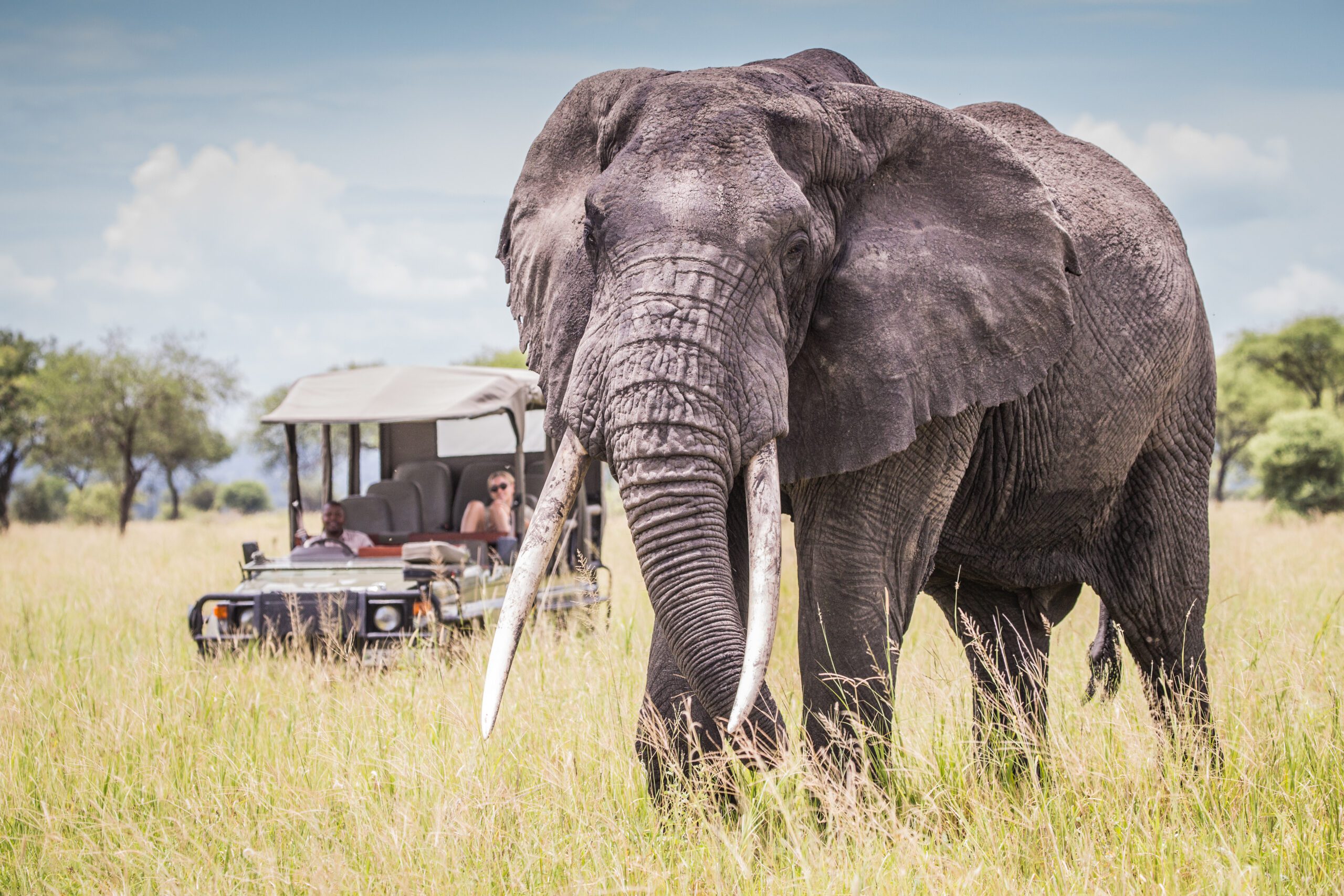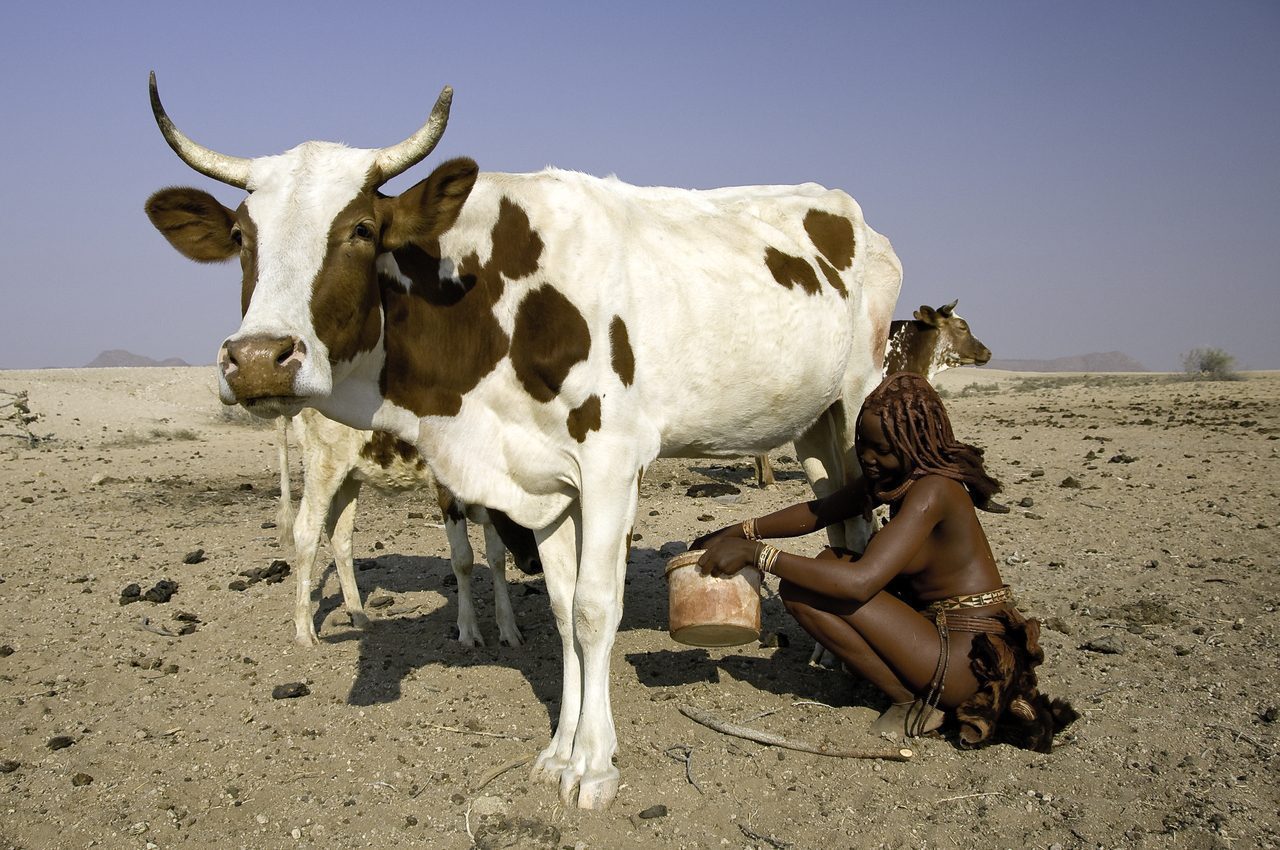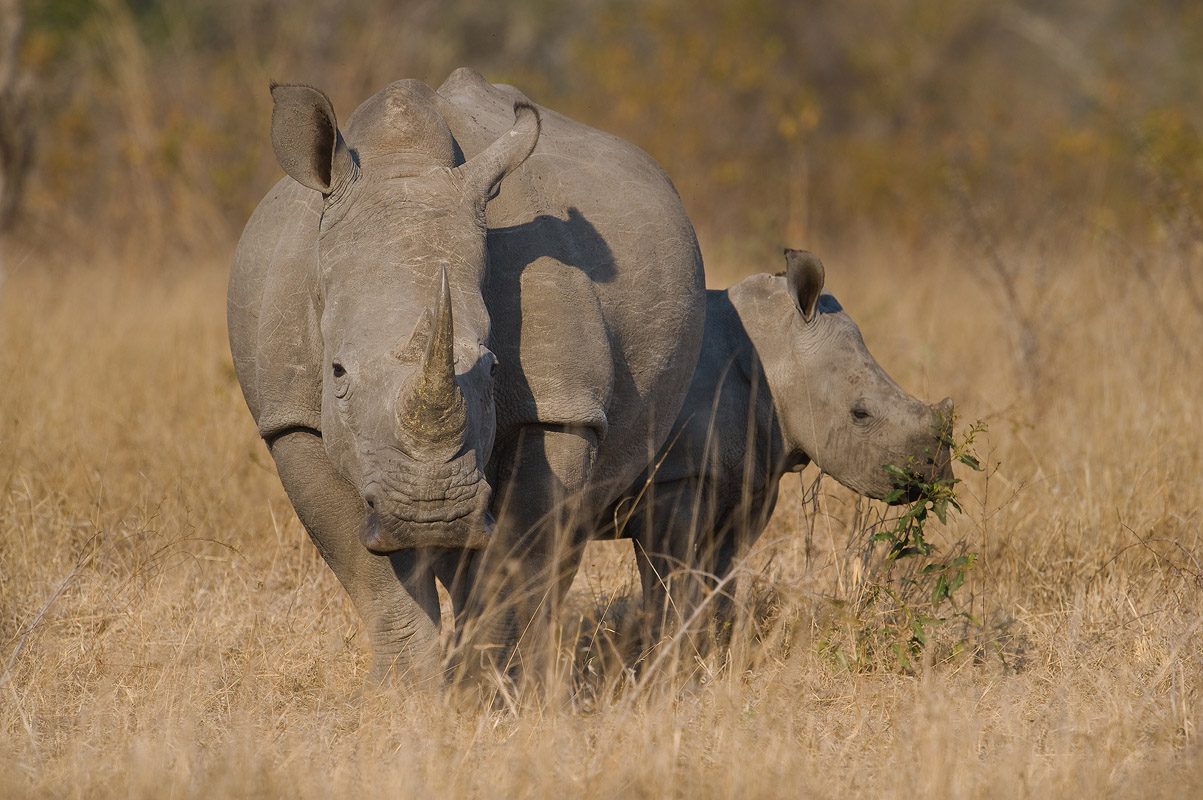For example, statistics show that millions of dollars worth of crops are being destroyed each year by African wildlife. Yes, even beloved elephants can cause problems for farmers, and their patrons, who are dependent on the harvest to feed their families. As a result, human and wildlife conflicts ensue, which, in turn, lead to untimely deaths within both parties.

To protect the needs (and lives) of both man and beast, the question arises, how can animals roam free without compromising the nation’s food supply? Being at the top of the food chain means the onus is on man to find a solution. Here’s where community involvement is key.
RELATED: Meet baby elephants and support conservation in Kenya
Cooperative partnerships between tourism, conservation, and communities provides necessary buffer zones between elephants, rhinos, lions, and other precious wildlife, as well as the people, their crops and livestock sharing the same land. More than just protecting these assets, communities must directly benefit from conservation and tourism, otherwise, it may be hard for them to understand the important role each plays in lifting up the economy. When people feel supported, then they can offer support for programs that eliminate the need to kill or fight with wildlife.
Embracing this smart approach is vital to local communities for the following reasons, beyond keeping their farm-to-table lifestyle alive:
- Increased revenue from conservancy fees and leasing land to eco-tourism ventures, which funds new schools and educational support
- Sustainable resource management programs
- New jobs, particularly within the conservation-centered workforce (i.e. rangers)
- Mobile health clinic and hospital funding and/or development

Success Story of a Conservation-Focused Community
Let’s take a look at Lewa Wildlife Conservancy, one of our favorite destinations in Kenya. Lewa is part of the Northern Rangelands Trust (NRT), a community-led, non-governmental organization established in 2004 that develops resilient community conservancies (more than 35), spanning some 11 million acres. Lewa integrates surrounding communities into its conservation model, supporting traditional lifestyles in a modern and sustainable way through progressive grazing and forestry initiatives, adult education, women’s micro-credit programs, community-managed water projects, and access to healthcare at its four medical clinics.

To thousands of children in local schools, Lewa opens doors to a new kind of future. Mom and Dad have new opportunities for cool jobs, too. Lewa’s Anti-Poaching Unit trains NRT’s community conservancy scouts on monitoring, data collection, field crafts and communication for the area’s 6,500-plus migratory elephants—aiding in their protection and building up effective, employable skills.
RELATED: Protecting Kenya: A Conservation Safari
Working with communities to create a means of thriving with (not against) wildlife has helped Lewa open up 93,000 acres for a private rhino reserves, one of the biggest in Kenya. Constituting 15% of the country’s rhino population, the reserve is home to approximately 83 black rhinos and 74 white rhinos.

By contrast, Tsavo National Park, which has no private concessions to help create positive relationships between communities and animals, continues to struggle with significant poaching, losing up to 85% of its elephant population in past decades. Only since the founding of Tsavo Trust in 2013, which is headquartered in the bordering Kamungi Community Conservancy and prioritizes both traditional conservation and community development needs, has the park begun to see significant reductions in poaching hot spots.
Choosing to dedicate land to conservation is a big decision for countries and communities. African Parks (AP) is a non-profit conservation organization founded in 2000, which manages 13 parks (and counting) in partnership with governments and local communities. AP prioritizes people to ensure they have a strong voice in how lands are utilized. Reports indicate that…
- Almost 10,000 local people received medical treatment from their mobile health clinics and AP-funded hospitals in 2016. More than 3,500 children were able to receive an education AP-supported schools.
- Hundreds of teachers and thousands of children have experienced up-close encounters of their own with local wildlife, most for the first time in their lives, during free park visits.
- More than 4,500 people are employed thanks to AP (nearly 1,000 of those are rangers), helping to create conservation-led economies in crucial regions

Thanks to the outstanding work of AP, we love sending our travelers to offbeat, yet pioneering, parks like Odzala-Kokoua, Akagera, or Liuwa Plain, all member parks under AP’s stewardship and sustainability model. We’ve got similar trip ideas you can peruse for the Congo and Zambia, too.
That’s what we call supporting community. It’s exactly why we work with reputable partners who prioritize community involvement alongside wildlife conservation. We don’t just want to show you the Africa we fell in love with. We want to do it in a responsible, sustainable way where everyone benefits. For EJ, there is no other option.
Plan Your Visit
Call or email us today to learn more about our community-invested safari options.
RELATED: How Safaris Support Community & Conservation in Africa